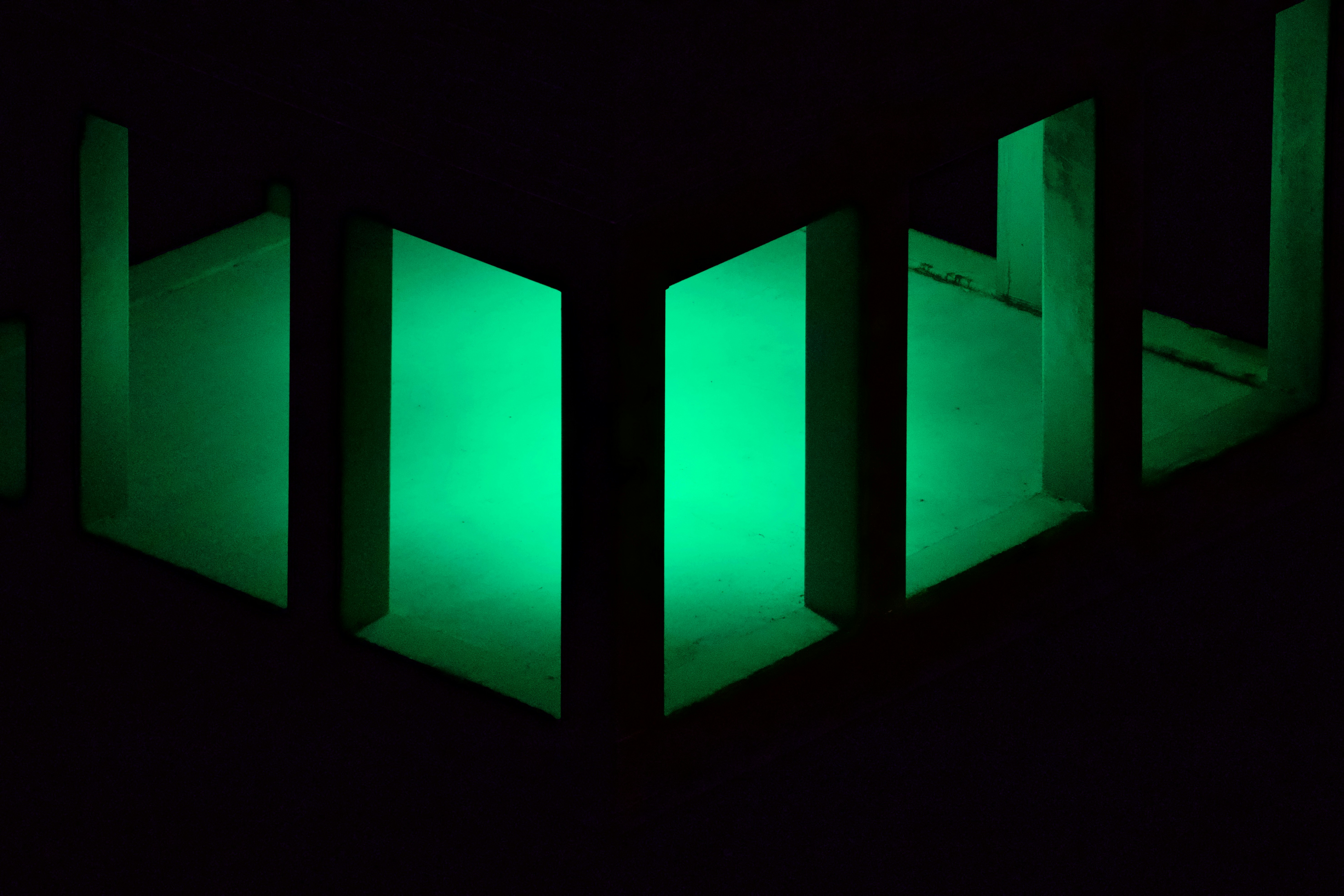
In Canada's challenging climate, where heating needs dominate energy consumption for much of the year, the quest for energy efficiency is not just about sustainability—it's also about comfort and significant cost savings. The past decade has seen remarkable innovations that are transforming how Canadian homes manage energy, making it possible to drastically reduce consumption while enhancing living conditions.
The Canadian Energy Landscape
Canadians face unique energy challenges. With average winter temperatures ranging from -5°C to -30°C depending on the region, and summer temperatures increasingly reaching above 30°C in many areas, our homes must be adaptable and efficient across extreme conditions. The average Canadian household uses approximately 11,000 kWh of electricity annually—30% higher than the global average—with space heating accounting for over 60% of residential energy use.
Recognizing these challenges, Canada has been at the forefront of energy efficiency innovation, with the federal government's goal of achieving net-zero emissions by 2050 driving rapid advancements in home energy technology.
Breakthrough Heating and Cooling Technologies
1. Cold Climate Heat Pumps
Traditional heat pumps have historically struggled in temperatures below -15°C, making them impractical for many Canadian regions. However, revolutionary cold climate heat pumps developed specifically for Canadian conditions are changing this reality.
- Operate efficiently in temperatures as low as -30°C
- Provide both heating and cooling, eliminating the need for separate systems
- Deliver up to 300% efficiency (compared to 100% for electric resistance heating)
- Reduce heating costs by 40-60% compared to electric baseboards
Companies like Arctic Heat Pumps in Manitoba are leading this innovation, with systems specifically engineered for northern climates that maintain efficiency even during the coldest months.
2. Geothermal Systems with Enhanced Efficiency
Geothermal heating and cooling systems have long been recognized for their efficiency, but recent advances have made them more accessible and effective for Canadian homes.
- New compact drilling techniques reduce installation space requirements by up to 70%
- Advanced heat exchange fluids improve performance in extreme cold
- Integration with thermal storage systems maximizes efficiency
- Coefficient of Performance (COP) of 4-5, meaning 400-500% efficiency
These systems can reduce heating and cooling costs by 40-70% compared to conventional systems, with the most efficient installations paying for themselves within 7-10 years through energy savings.
Smart Home Energy Management
1. AI-Powered Energy Optimization Systems
Artificial intelligence is revolutionizing home energy management, with Canadian companies developing systems that learn and adapt to household patterns and weather conditions.
- Machine learning algorithms predict optimal heating and cooling cycles
- Integration with weather forecasts allows proactive temperature adjustments
- Room-by-room optimization based on occupancy patterns
- Automatic adjustment to time-of-use electricity rates to minimize costs
Toronto-based Ecobee's SmartThermostat exemplifies this approach, with studies showing average energy savings of 23% compared to conventional programmable thermostats.
2. Home Energy Storage Solutions
Battery storage technology is making significant strides, offering Canadians the ability to store energy during off-peak hours and use it during peak demand periods.
- New lithium iron phosphate batteries offer enhanced safety in residential settings
- Integration with solar PV systems for maximum renewable utilization
- Smart controls allow automatic switching to battery power during peak rate periods
- Emergency backup during increasingly common weather-related outages
With provinces like Ontario having significant differences between off-peak and on-peak electricity rates, these systems can reduce electricity bills by 15-30% even without solar integration.

Building Envelope Innovations
1. Vacuum Insulated Panels (VIPs)
Traditional insulation requires significant thickness to achieve high R-values, but VIPs are changing this equation.
- R-value of R-25 to R-30 per inch (compared to R-3 to R-6 for conventional insulation)
- 10mm panel provides equivalent insulation to 100mm of mineral wool
- Ideal for retrofit projects where space is limited
- Reduces thermal bridging through walls and roofs
While more expensive than traditional insulation, VIPs can reduce heating demands by up to 50% when strategically applied to the most vulnerable areas of a home's envelope.
2. Dynamic Glass Windows
Windows have traditionally been the weakest point in a building's thermal envelope, but electrochromic and thermochromic glass technologies are providing a sophisticated solution.
- Automatically adjusts tint level based on sunlight intensity and indoor temperature
- Reduces solar heat gain in summer by up to 90% when needed
- Allows maximum solar gain in winter for passive heating
- Improves winter R-values by up to 40% over standard double-glazing
Canadian manufacturer Vision Glass in Quebec has developed versions specifically calibrated for northern latitudes, optimizing solar gain based on seasonal sun angles.
Renewable Energy Integration
1. Bifacial Solar Panels
Canada's northern location and snowy winters create unique solar challenges, but bifacial panels offer an innovative solution.
- Capture light from both sides, utilizing reflected light from snow
- Generate up to 30% more electricity in snowy conditions than conventional panels
- Newer models maintain efficiency at the low panel temperatures common in Canadian winters
- Vertical installation options maximize production during winter months when sun angles are low
Installations in Alberta and Saskatchewan have demonstrated that bifacial technology can extend the effective solar season by up to two months compared to traditional panels.
2. Integrated Building-Scale Wind Systems
While large wind turbines face challenges in residential settings, new micro-scale wind technologies are emerging as viable options for Canadian homes.
- Façade-integrated vertical axis wind turbines require no towers
- Low noise and vibration designs eliminate common objections
- Operate efficiently at lower wind speeds (starting at 2-3 m/s)
- Complement solar PV systems, producing energy during different conditions
These systems are particularly effective in coastal regions of British Columbia, Nova Scotia, and Newfoundland, where consistent winds can provide substantial energy contributions.
Air Quality and Ventilation Breakthroughs
1. Heat Recovery Ventilators (HRVs) with Enhanced Efficiency
As homes become more airtight for energy efficiency, mechanical ventilation becomes essential. Next-generation HRVs provide fresh air without energy penalties.
- Heat recovery efficiency of up to 96% (compared to 70-80% in older models)
- Demand-controlled ventilation adjusts airflow based on indoor air quality sensors
- Integrated humidity control prevents window condensation in winter
- Specialized core designs prevent freezing in extreme cold conditions
Canadian manufacturer Tempeff has pioneered dual-core HRV systems that excel in extreme cold without requiring pre-heating of incoming air.
2. Passive House Ventilation Strategies
The Passive House (Passivhaus) approach to building design, gaining popularity across Canada, incorporates innovative ventilation concepts.
- Earth tubes pre-condition incoming air using ground temperature
- Solar air heating panels preheat ventilation air in winter
- Centralized systems with minimal ductwork reduce heat loss
- Integration with thermal mass for temperature stabilization
Passive House certified homes in Canada demonstrate that these ventilation strategies can maintain excellent indoor air quality while using 80-90% less energy for heating and cooling than conventional buildings.
Regional Adaptation: Solutions for Different Canadian Climates
Coastal British Columbia
With mild temperatures but high precipitation and humidity:
- Heat pump water heaters that dehumidify while heating water
- Rainwater harvesting integrated with ground source heat exchange
- Marine-grade wind capture systems for coastal winds
Prairie Provinces
With extreme seasonal temperature variations and abundant sunshine:
- Seasonal thermal storage systems bank summer heat for winter use
- Dual-mode solar systems that switch between electricity and thermal priorities
- Integrated snow management systems that capture melt water energy
Northern Territories
With extreme cold and extended periods of darkness or daylight:
- Hyperficient building envelopes with R-values exceeding R-60
- Seasonal battery storage systems scaled for the extended dark season
- Summer-focused solar collection with oversized storage capacity
Conclusion: The Future of Home Energy in Canada
The innovations reshaping Canadian home energy efficiency represent not just incremental improvements but a fundamental transformation in how we think about residential energy. By combining these technologies in thoughtful, integrated systems, it's now possible to build or retrofit homes that use 70-90% less energy than conventional buildings while providing superior comfort, resilience, and health benefits.
Government incentives like the Canada Greener Homes Grant and provincial rebate programs are making these technologies increasingly accessible to homeowners across the country. As adoption increases and economies of scale drive down costs, we can expect these innovations to become standard features rather than premium options.
For Canadians considering energy upgrades, the key is taking a whole-house systems approach rather than focusing on individual technologies. Consulting with energy advisors who understand the unique challenges of your regional climate can help identify the most effective combination of solutions for your specific home.
Share this article:


